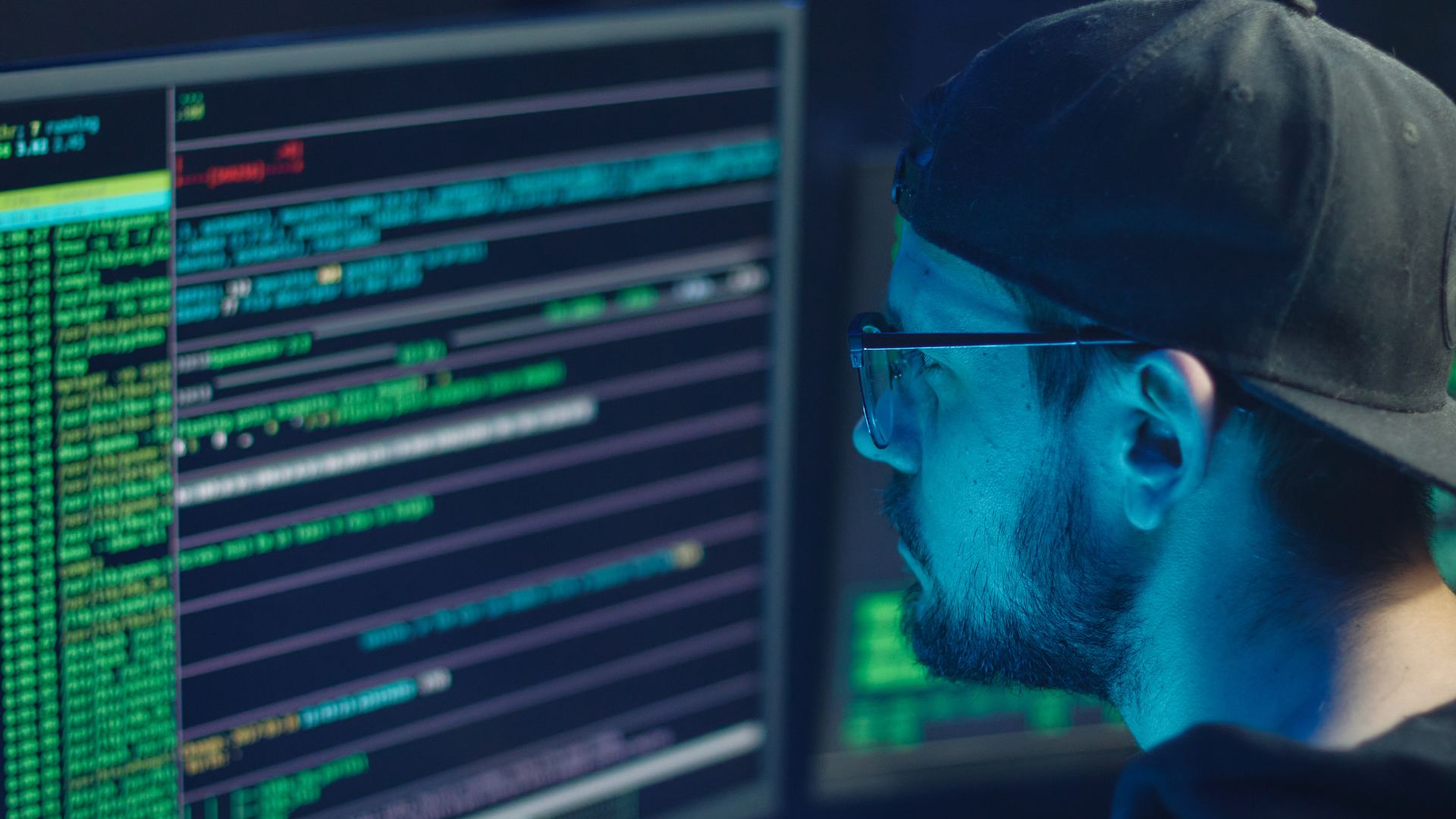
Cybersecurity is no longer an issue confined to IT departments—it’s a fundamental business concern that can determine a company’s survival or downfall. Every year, cyberattacks grow more sophisticated, and the consequences become more devastating. Yet, many business leaders still operate with a dangerous level of complacency, believing that cybersecurity is merely a technical problem rather than a strategic priority.
That mindset is a liability.
A single breach can cost millions in damages, cripple operations, and destroy customer trust overnight. Regulations are tightening, the threat landscape is evolving, and human risk in business is at an all-time high. If leadership doesn’t take the reins on cybersecurity, they are willfully leaving their company vulnerable.
Cybersecurity is not just about firewalls, encryption, or multi-factor authentication—it’s about leadership. It’s about setting the right culture, enforcing accountability, and ensuring that security is embedded into every aspect of an organization’s strategy. Leadership must prioritize cybersecurity, not as a compliance requirement, but as a non-negotiable pillar of long-term business resilience.
The Business Impact of Cybersecurity Threats
Cyber threats are more than just technical nuisances; they are full-scale business crises waiting to happen. The financial, reputational, and operational damages inflicted by a cyberattack can be catastrophic.
Financial Fallout
A data breach doesn’t just cost money—it bleeds a company dry. The direct costs include fines, legal fees, and regulatory penalties, but the hidden costs are even more sinister. Business downtime, lost sales, customer churn, and post-breach security investments add up quickly. IBM’s Cost of a Data Breach Report estimates that the global average cost of a breach is over $4 million. For small and mid-sized businesses, that figure is enough to put them out of business permanently.
Reputational Damage and Customer Distrust
When customers entrust a company with their personal information, they expect it to be protected. A single data leak can shatter that trust, sending clients fleeing to competitors who take security more seriously. Businesses spend years building a reputation, but one cyberattack can erode that credibility in a matter of hours.
Regulatory and Legal Consequences
Governments worldwide are tightening regulations on data privacy and cybersecurity. Laws like the General Data Protection Regulation (GDPR) and the California Consumer Privacy Act (CCPA) impose heavy penalties on businesses that fail to safeguard sensitive data. Ignoring cybersecurity responsibilities can result in hefty fines, lawsuits, and a regulatory nightmare that no executive wants to deal with.
Operational Disruptions
Ransomware attacks can shut down entire business operations for days, even weeks. Cybercriminals don’t just steal data; they hold it hostage. Without proper cybersecurity measures, a company’s ability to function can be compromised overnight, leaving employees and customers stranded.
Why Cybersecurity Is a Leadership Responsibility
For too long, cybersecurity has been viewed as a problem for IT to handle. This outdated mindset is precisely why so many companies remain vulnerable. Cybersecurity is a business risk, and just like financial risks, it demands leadership oversight.
Cybersecurity Is a Business Problem, Not an IT Issue
When a company suffers a cyberattack, it’s not just IT that feels the impact—it’s every department, every employee, and every customer. Cyberattacks affect operations, brand reputation, and revenue streams. Business leaders wouldn’t ignore financial risks or operational inefficiencies, so why should cybersecurity be treated any differently?
Leadership Sets the Tone for Security Culture
Culture starts at the top. If executives treat cybersecurity as a secondary concern, employees will follow suit. Cybersecurity needs to be woven into the fabric of a company’s values and day-to-day operations. Leaders must instill a mindset where security is everyone’s responsibility.
Risk Management Starts with Leadership
CEOs and executives are responsible for assessing risks, mitigating vulnerabilities, and ensuring resilience. Cybersecurity is no different. Leaders must proactively invest in security frameworks, conduct regular risk assessments, and ensure that cybersecurity policies align with business objectives.
Key Areas Leadership Should Focus On
1. Employee Awareness & Training
One of the biggest threats to cybersecurity isn’t a rogue hacker in a basement—it’s human risk in business. Employees, whether through negligence or lack of awareness, are often the weakest link in security.
- Phishing attacks trick employees into giving away credentials.
- Weak passwords create easy entry points for hackers.
- Unsecure personal devices expand attack surfaces.
Leadership must mandate regular cybersecurity training to ensure that employees recognize and respond to threats effectively.
2. Investment in Robust Security Infrastructure
Cybersecurity isn’t cheap, but neither is a breach. Executives must allocate budgets toward:
- Advanced threat detection systems
- Zero-trust security models
- Data encryption and multi-factor authentication
Cutting corners on security is a short-sighted decision that leads to long-term disaster.
3. Compliance with Regulations and Industry Standards
Data privacy laws are becoming stricter, and companies that fail to comply will pay the price. Leadership must ensure that security strategies align with regulations like:
- GDPR, CCPA, HIPAA, and other industry-specific requirements
- Regular security audits and risk assessments
- Data protection policies that exceed, not just meet, compliance standards
4. Incident Response & Business Continuity Planning
No system is 100% breach-proof. What separates resilient companies from vulnerable ones is their ability to respond.
Leaders must:
- Develop and rehearse incident response plans.
- Establish crisis communication strategies.
- Ensure rapid containment and damage control measures.
5. Building a Culture of Cybersecurity
Security isn’t a one-time investment—it’s a mindset that must be nurtured. Business leaders must encourage an organization-wide commitment to cybersecurity, ensuring that security measures are embraced rather than resisted.
Steps Leaders Can Take Today to Prioritize Cybersecurity
- Assess Current Cybersecurity Posture – Identify vulnerabilities and threats.
- Integrate Security into Business Strategy – Make it a core business priority, not an afterthought.
- Educate Employees Continuously – Training should be ongoing, not just an annual seminar.
- Invest in Security Measures – No budget should be spared for business-critical security.
- Develop an Incident Response Plan – Prepare for the worst-case scenario before it happens.
Conclusion
Cybersecurity is no longer a technical issue—it’s a business imperative. Leadership that ignores cybersecurity is leadership that invites risk, liability, and financial ruin. The digital world is ruthless, and businesses that fail to defend themselves will fall victim to cybercriminals who thrive on that negligence.
The human risk in business cannot be ignored. Whether it’s careless employees, untrained staff, or executives who fail to prioritize security, the weakest link will always be exploited. That’s why cybersecurity must start from the top.
Real leadership means making hard choices and taking responsibility for threats before they escalate into disasters. Leaders must stop treating cybersecurity as an inconvenience and start recognizing it as a strategic advantage. Because in today’s world, cybersecurity isn’t just about protection—it’s about survival.





